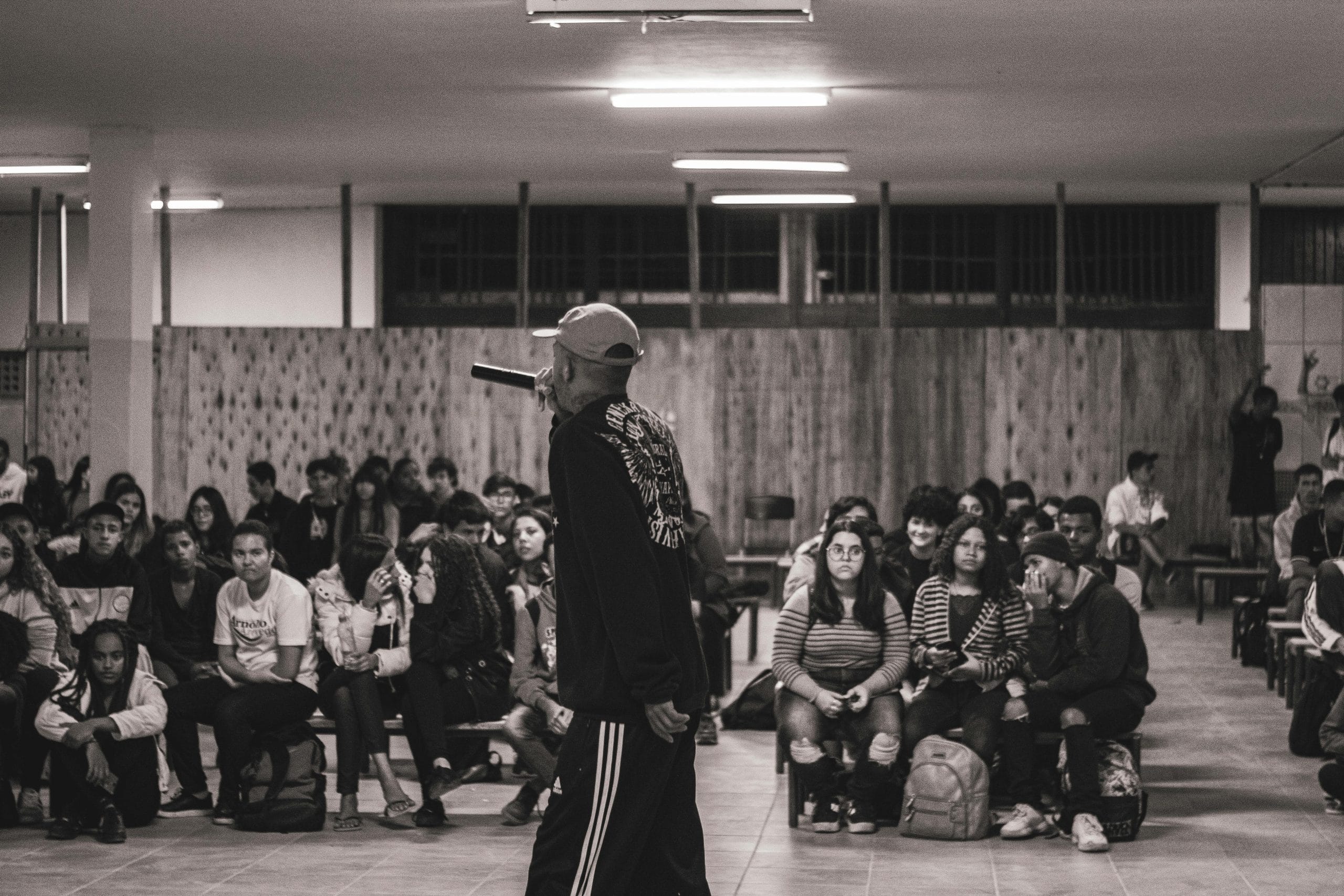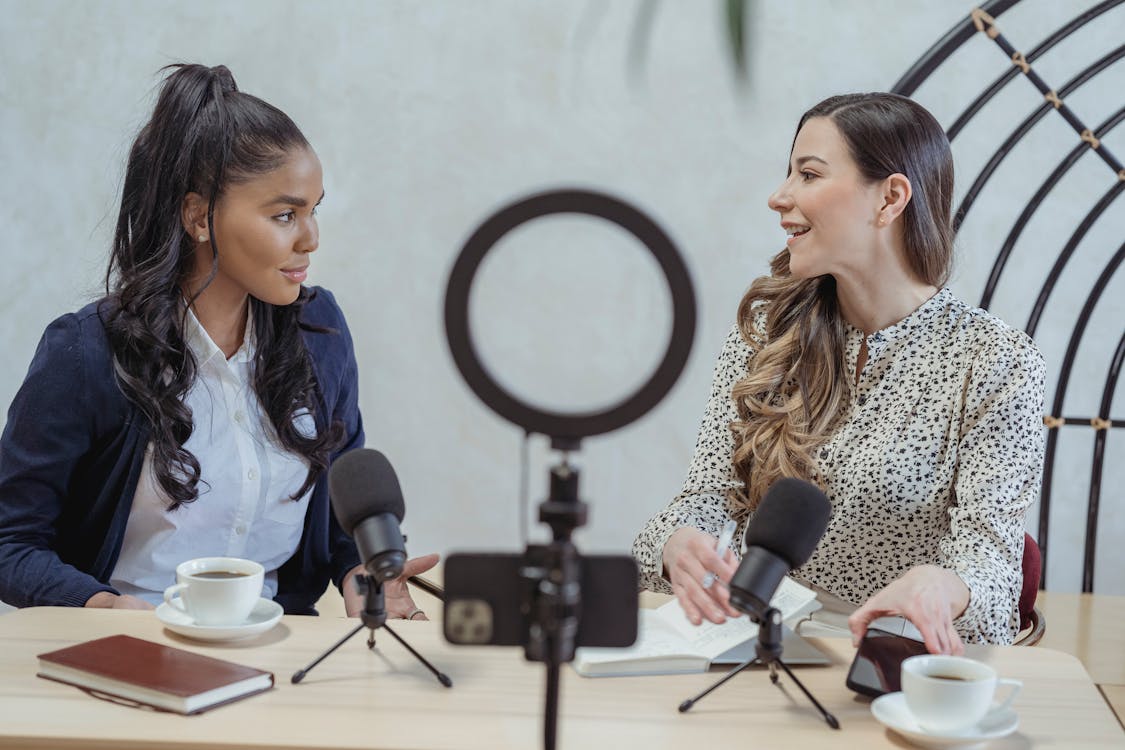TL;DR: A series of small books aimed at reducing addiction stigma by rehumanizing addiction in a simple, approachable way.
Do you have suggestions for this project? Email us at talktome.ldnont@gmail.com.
Want to get involved with the Talk to Me? Join our Youth Discord Server!
Update | June 27, 2024

Description: A banner image with a simple clipart of an open book surrounded by three ‘thought bubble’ clouds, one being blue, one purple, and one green. To the bottom right is a speech bubble that says “Who can we help right now?” with now being underlined. The background is grey, as are the book clip art’s pages.
Any writing teacher will tell you that you need to know who you’re writing for and that having a focused audience in mind will make your writing more effective. Turns out the same is true of a lot of things, especially resources meant to help overcome stigma.
Our group, currently called Talk to Me Like I’m Five (TTMLIF), knew from the beginning that it wasn’t possible to make a workbook for a completely general audience that was both approachable and effective at reducing stigma. Since stigma is often a large barrier to accessing help for those with substance use disorders, overcoming stigma within an entire community is an important but lofty goal. Not everyone will respond to things like educational materials in the same ways, making them more or less effective depending on who accesses them. At the same time, we wanted to create a resource that was general enough to readily fit a need we saw in our communities.
With our desire to help youth struggling with substance use disorder in mind, we decided that creating a workbook for their parents, guardians, or other important adults in their lives was a good starting place. This workbook wouldn’t be a source of support for those adults, but, rather, a way for them to work through their misconceptions and biases about substance use so that they could better support the youths in their lives who struggle with it. Narrowing our focus helped us think more about what kinds of myths and stereotypes we will need to deal with/help to overcome within the content of our workbook and gave us a solid starting place for moving forward with our project. For example, knowing that we’re focusing on helping adults overcome stigma while also intending for this help to be focused on benefitting youth means that we need to cover topics such as ‘how to approach discussions with youth in a way that won’t further push them away.’ Another example would be ‘how to navigate these conversations without the youth interpreting the discussion as the adult telling the youth what to do.’
The medium of the resource, workbook, is highly intentional as well; workbooks are more accessible for people to go through, making information more accessible and easier to understand quickly. In addition, you can keep the workbook and reference it more readily. Rather than making parents, guardians, and others go to presentations and long meetings to be educated, workbooks still place the onus on them to learn how to be better supporters for the youths in their care struggling with substance use without leaving a lot of room for them to make excuses not to do the work.
Having a focused audience in mind helped us get started on what needs to be included in the workbook and continues to inform our decisions on language, page layout, and visuals, to name a few.
– Written by Cael MacLeish, TTMLIF team member, with the help of other team members






